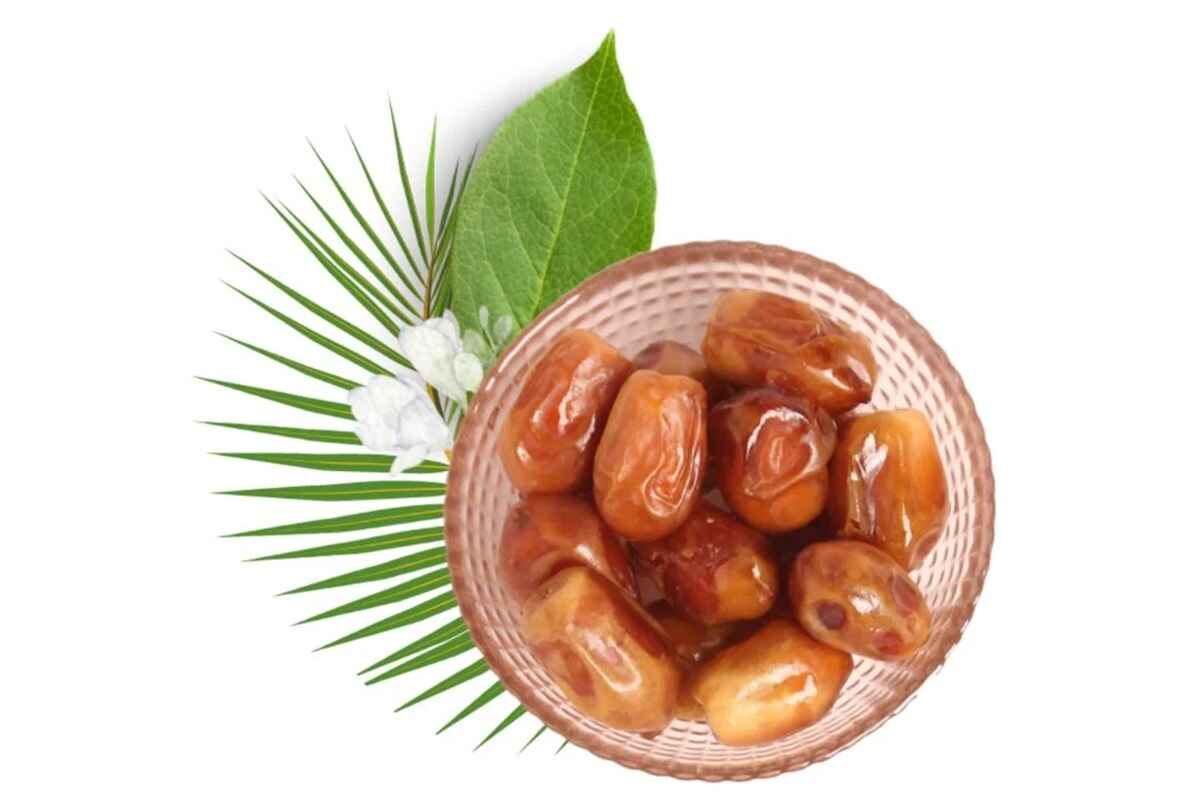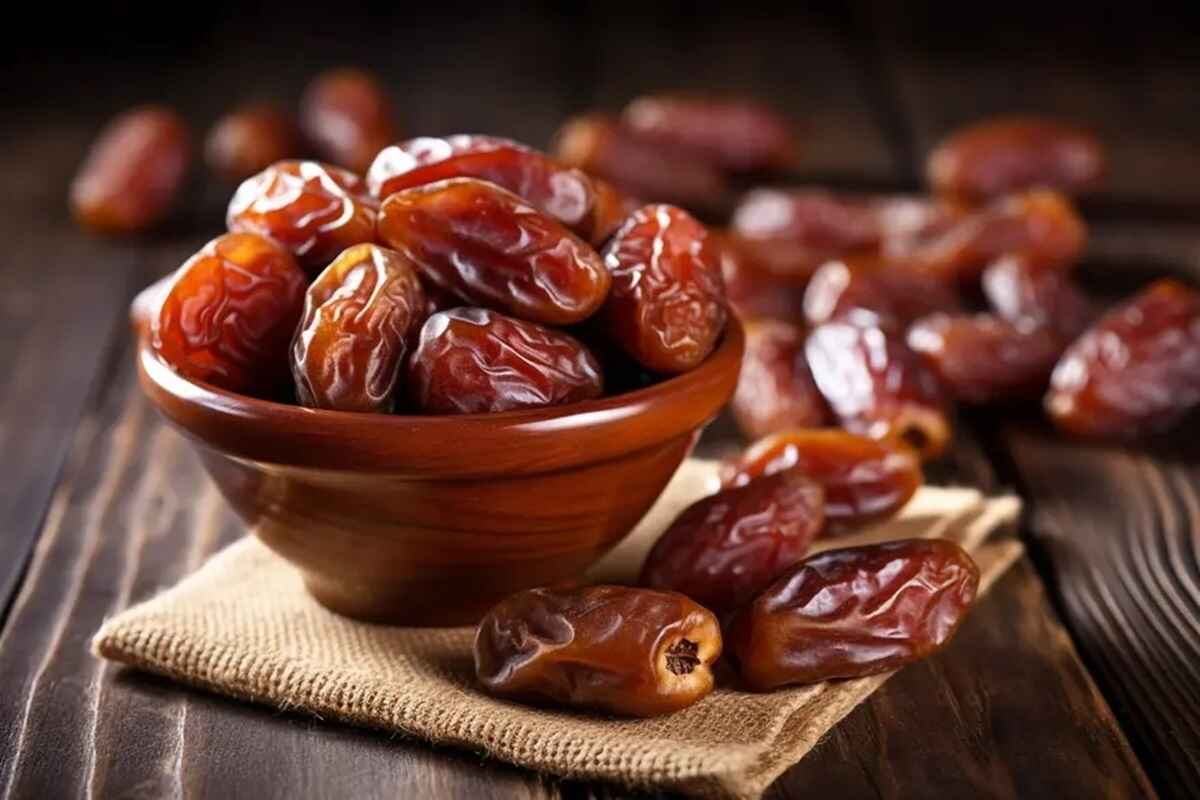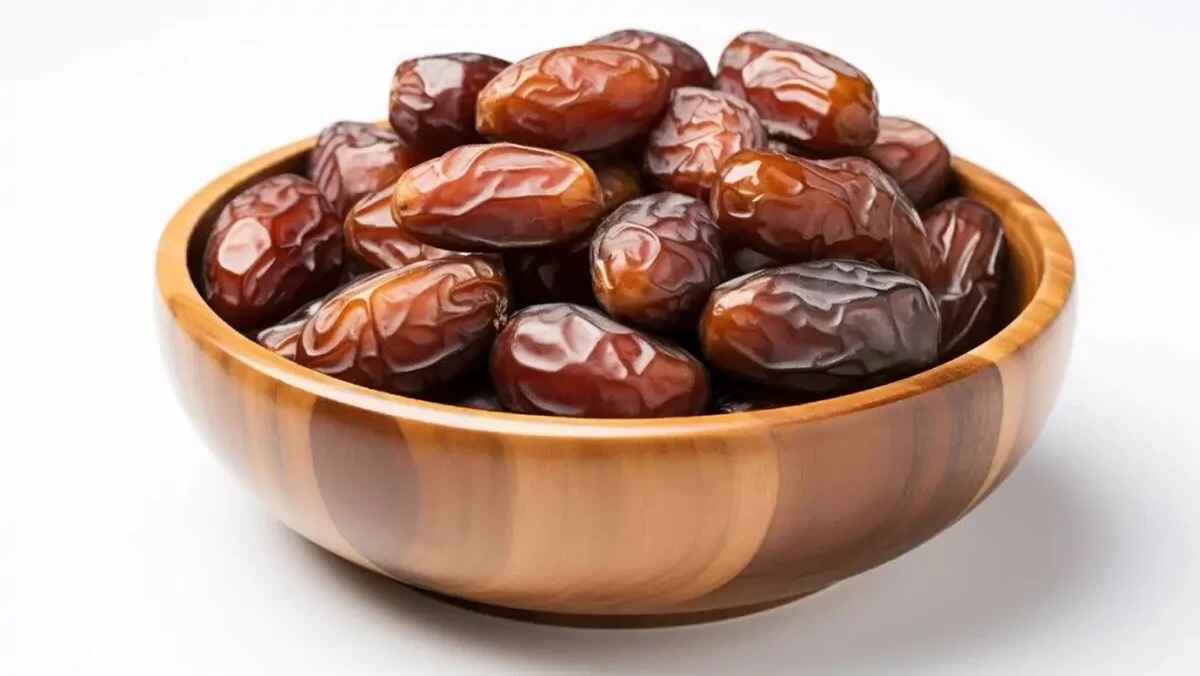Top Quality Dates: Dates are much more than just a sweet snack—they are a versatile ingredient that enriches many dishes, from baking to cooking, or simply as a healthy treat. However, not all dates are created equal. Knowing what to look for when choosing dates can make a big difference in taste, nutrition, and overall enjoyment.
But what exactly defines a top-quality date? Is it the sweetness, the texture, the aroma, or something else entirely? Let’s dive into the key factors that determine the quality of dates. In this article, Persa Trading, as a wholesale dates supplier, will discuss all details about top quality dates!
What are the Characteristics of Top Quality Dates?
To find Top Quality Dates you must consider these factors:
Texture and Consistency: What Do You Prefer?
Dates can vary widely in texture—from creamy and soft to pleasantly firm and chewy. This is largely a matter of personal preference and can even vary slightly from one harvest to another.
-
Too firm? Dates fresh from the refrigerator often feel firmer. Letting them warm to room temperature usually softens them beautifully, especially varieties like Medjool.
-
Too soft? Soft dates might dry out if stored improperly, so it’s crucial to keep them in a place with good air circulation to prevent mold and preserve flavor.
Skin Separation: A Natural Feature, Not a Flaw
Some dates exhibit what is known as “skin separation,” where the skin detaches slightly from the flesh. While this might seem unappealing at first glance, it’s actually a natural characteristic in certain varieties such as Medjool, Kholas, Khidri, and Fankha. Interestingly, some enthusiasts prefer dates with this feature because it makes peeling easier and adds to their enjoyment.
Flavor Profile and Sweetness: A World of Variety
The taste of dates can range from rich caramel and toffee notes to fruity and mild sweetness. There is no single “best” flavor—your favorite depends on your taste buds and how you plan to use the dates. Experimenting with different varieties, perhaps with a tasting set, is a fun way to discover your personal favorites.
Appearance and Size: More Than Just Looks
Dates come in many shapes, colors, and sizes. Larger varieties like Medjool, Khidri, or Fankha often command higher prices, while smaller ones like Ajwa or Deglet Nour have their own unique charm. Instead of judging quality by appearance alone, focus on freshness and flavor.
Before purchase, inspect your dates for any signs of mold or insect contact to ensure safety and quality.
Origin and Cultivation Matters!
One of the first aspects that influences date quality is where and how the dates are grown. Organic and sustainable farming methods tend to produce superior dates, free from harmful chemical residues often left behind by pesticides.
When buying, try to support suppliers who have direct and transparent relationships with their farmers. This approach not only ensures fair pay for farm workers but also encourages environmentally responsible cultivation.
Storage Tips: Keeping Dates Fresh and Flavorful
Proper storage plays a crucial role in maintaining the freshness and quality of dates. Juicier dates, like fresh Medjool or Iranian Mazafati dates, should be refrigerated to avoid spoilage, ideally at 2-4°C. Some “super fresh” varieties even require freezing. On the other hand, dried or semi-dry dates such as Deglet Nour can be stored in cool, dark places like a pantry or cellar.
If you prefer softer dates, you can bring refrigerated ones to room temperature before eating.
Why Fiber Content Matters?
Dates are rich in dietary fiber, which supports digestion and helps regulate blood sugar. Choosing dates with a good fiber content not only benefits your health but also contributes to a more satisfying eating experience.
High-Quality Dates Signs: Quick Overview
Choosing the right dates can greatly enhance your eating experience, both in taste and texture, while ensuring you get the best nutritional benefits. So you must know signs of the best quality dates in the world. Here are some key signs to look out for when selecting top-quality dates:
-
Natural Shine and Even Color
High-quality dates have a subtle, natural shine—not too glossy or oily, which can suggest artificial coatings. Their color should be uniform throughout, whether it’s a rich brown, golden hue, or reddish tint, depending on the variety. Be cautious of uneven patches or white spots, as these might indicate old stock or poor storage conditions. -
Smooth and Intact Skin
Look for dates with skin that’s firm yet tender, without too many wrinkles, cracks, or peeling. Some wrinkling is normal, especially for drier types, but the fruit shouldn’t feel brittle or overly dried out. -
Pleasant Texture
When gently pressed, a quality date feels soft and slightly springy. Avoid dates that are too hard, dry, or overly sticky. Overly mushy dates may be overripe or mishandled, while very dry ones might have lost moisture and flavor. -
Fresh Aroma and Taste
Good dates emit a sweet, mild fragrance. If you detect any sour, fermented, or off-putting smells, it’s a warning sign that the dates may be spoiled or improperly stored. -
Free From Mold, Crystals, and Pests
Inspect the surface carefully for any signs of black spots, fuzzy white mold, or sugar crystals, which all suggest aging or poor storage. Also, steer clear of dates with tiny holes that might be caused by insects.
By keeping these pointers in mind, you can confidently pick delicious, fresh dates that bring both flavor and health benefits to your table
Final Thoughts: What Makes the Best Date?
The best quality date is ultimately the one that tastes best to you and fits your needs. Quality isn’t just about one characteristic but a combination of factors including origin, cultivation, texture, flavor, appearance, and freshness.
When buying dates, look for trusted sources offering organic, sustainably grown products and don’t hesitate to try various types to find your personal favorites.




